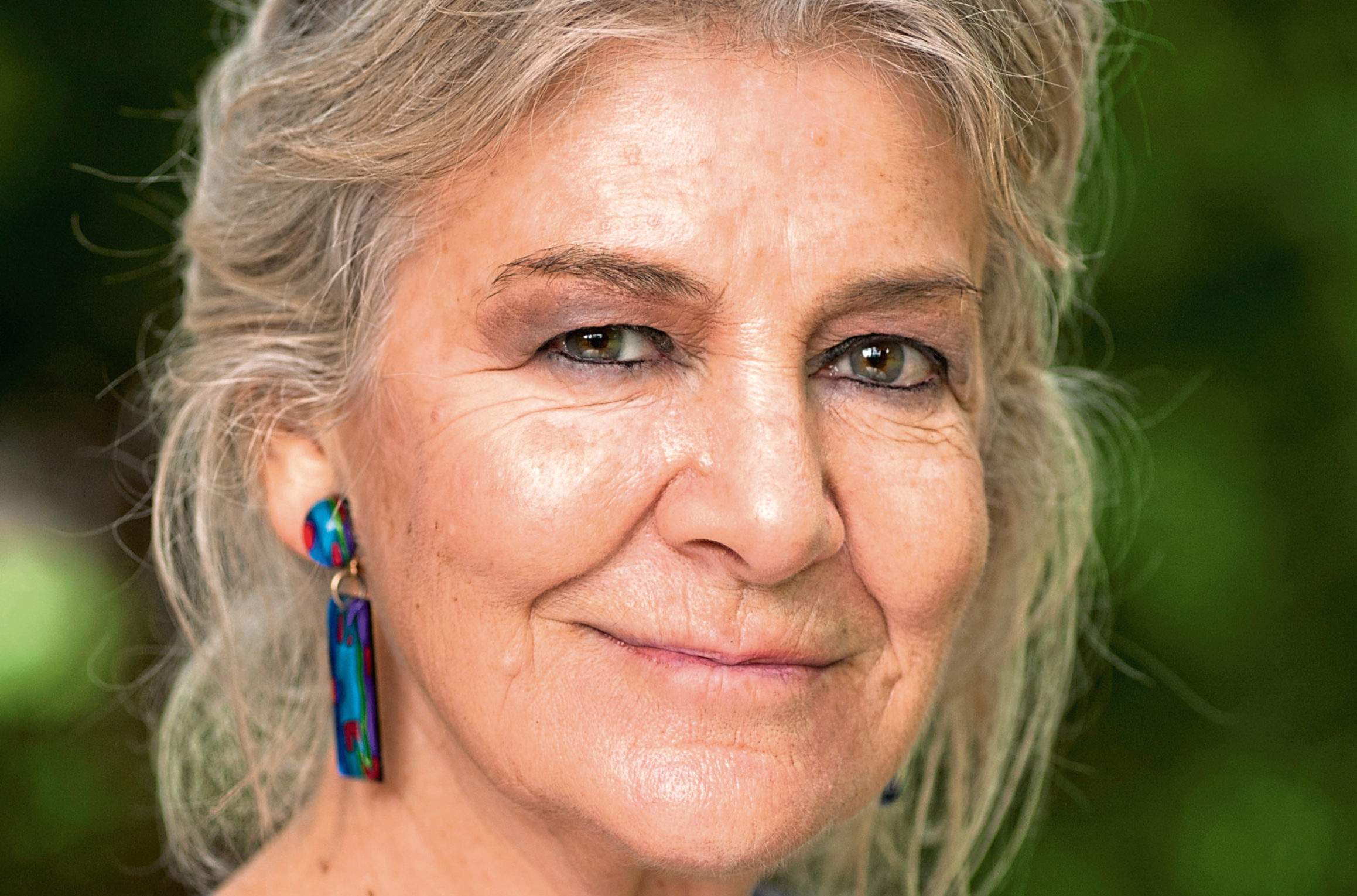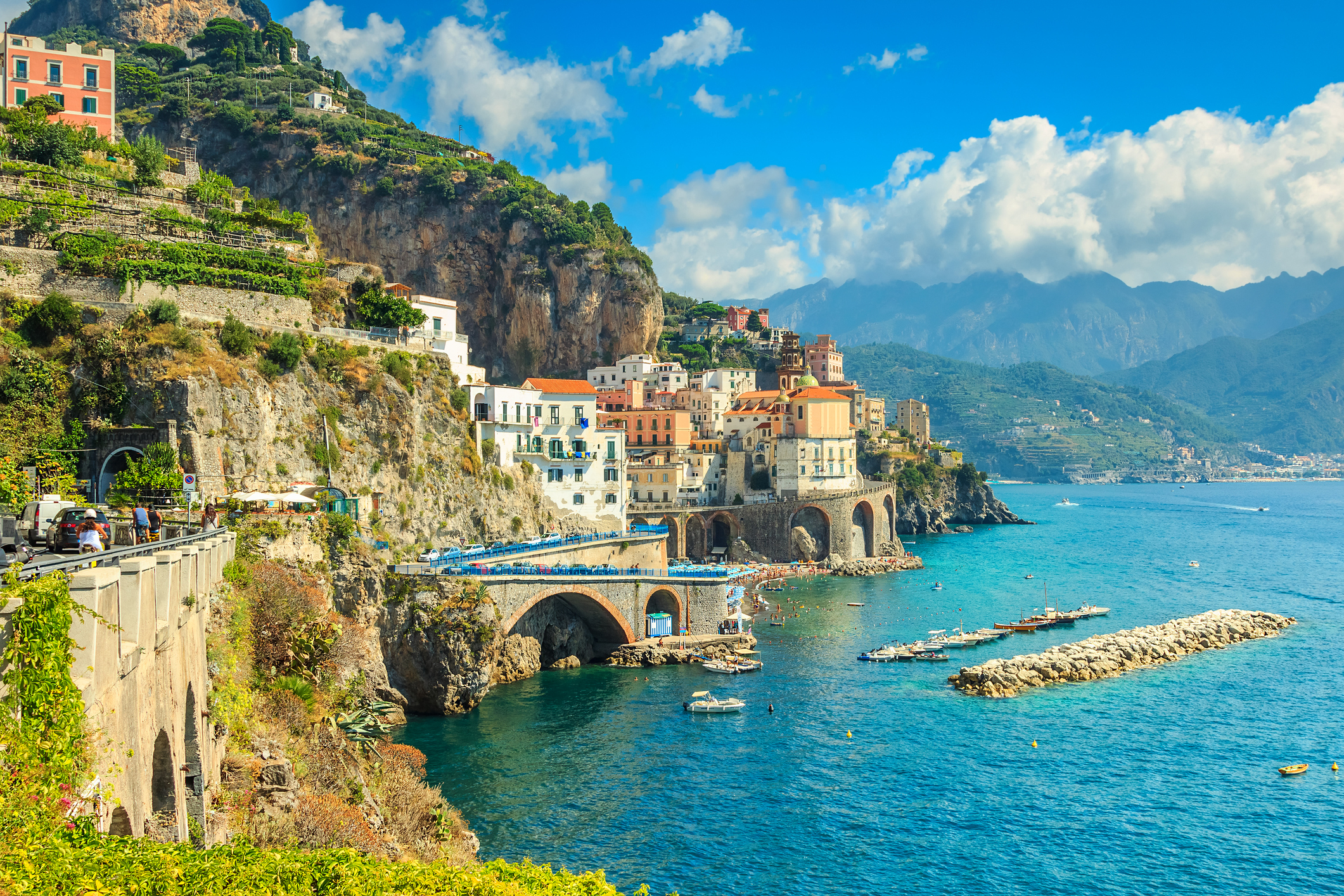
ACTRESS, playwright and novelist Barbara Ewing turned to writing after a successful performing career in film and television.
The Actress (£7.99 paperback) is a timely reissue of her book looking at how actresses are viewed and giving an insider’s look at the glamorous, but often sexist entertainment industry.
Barbara is currently working on her ninth book.
I COME from a place many people want to holiday in – New Zealand.
But I crossed the world the other way, to study at the Royal Academy of Dramatic Art. So when I first began working in rep, all the travelling to new places – such as Glasgow where I was working at the Citizens Theatre – felt sort of like a holiday.
Glasgow, where my grandmother was born, had beautiful old stone buildings whereas New Zealand buildings are mostly wood because of the danger of earthquakes.
Perhaps my favourite holiday also involved work, and beautiful old stone buildings, but in Italy, not Scotland.
My husband and I spent our last holiday together in the town of Amalfi in 2010, in a 13th Century Franciscan monastery built into a clifftop.
It is a beautiful, cloistered, stone edifice looking out to sea and became a hotel in the early 19th Century.
Ibsen and Wagner are among many artists known to have stayed and worked there and it is now called the Hotel Luna Convento.
There were small guest rooms on the same level as the cloisters where I imagine monks once lived.
We had a simple room, slightly higher and with a balcony overlooking the sea and the town.
It was an easy walk down the steep hill to the centre to the narrow streets full of restaurants and tourists and the old Cathedral where the remains of St Andrew lie.
The beach itself was crowded yet the hotel was an oasis of calm.
Early in the warm mornings we would both go and sit in the old monastery cloisters and write.
I was working on my 19th Century novel Circus Of Ghosts and my husband Bill on his thesis on old New Zealand Maori lunar practices called Living By The Moon, which was posthumously published as an award-winning book.
Sometimes we travelled by bus to Ravello, a pretty nearby town with restaurants and music and fabulous Italian wine.
The town of Amalfi and the Hotel Luna Convento stay in my heart.

Enjoy the convenience of having The Sunday Post delivered as a digital ePaper straight to your smartphone, tablet or computer.
Subscribe for only £5.49 a month and enjoy all the benefits of the printed paper as a digital replica.
Subscribe